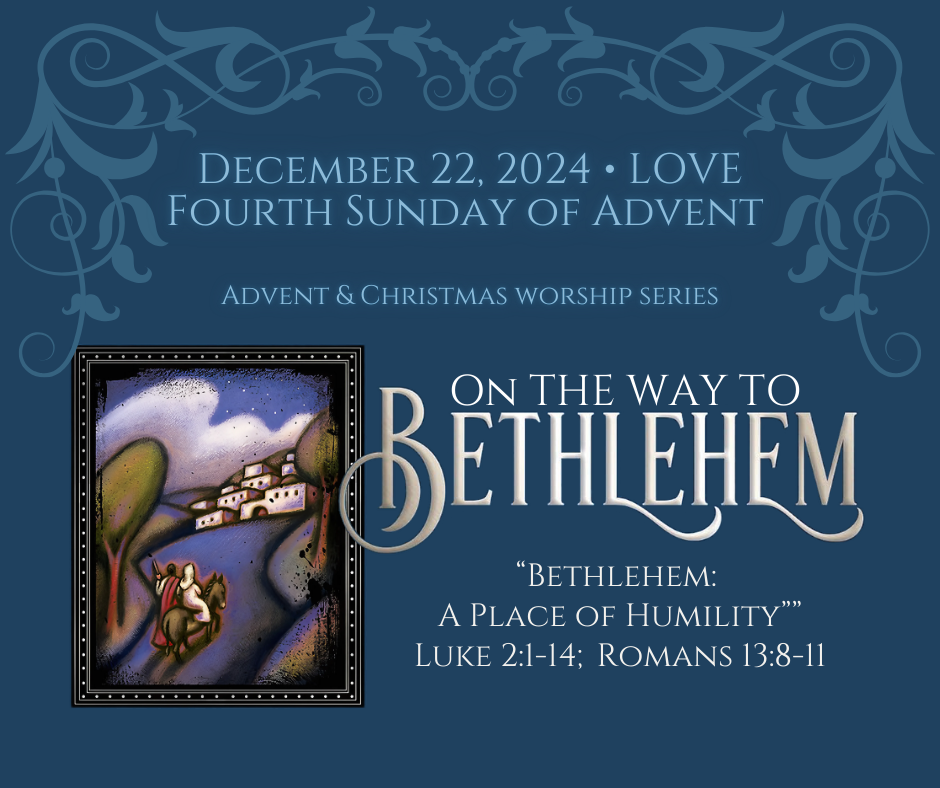A Revolution for Shepherds and Stables
“Do not be afraid. I bring you good news that will cause great joy for all the people. Today in the town of David, a Savior has been born to you; he is the Messiah, the Lord.
(Luke 2:10-11)
For good measure, the heavenly version of the Mormon Tabernacle choir appears and launches into a selection from part one of Handel’s Messiah. Or perhaps they sang Bach’s “Gloria in excelsis deo,’ followed by the jubilant strings of Vivaldi’s “Gloria.” It was a concert for the ages.
This display stands in paradox to the sign the shepherds are given that they will find the baby all wrapped tight and lying in a manger. My mind goes to the state of pediatric care in first-century Palestine. This birth takes place long before the Affordable Care Act. The only insurance was family and friends who would come and act as midwives to assist in the delivery. The men were all kicked out because, by religious law, they could become ritually unclean if they contacted any placenta or birth stuff. That law may have been made up just to get the men out of the way, making it all the more surprising that Gabriel sent a bunch of shepherds, which was what Mary didn’t need. Perhaps the shepherds had helped deliver a few lambs, but Mary was not having a little lamb. (Well, symbolically speaking, she was birthing the lamb of God.)
Using the stable as a birthing center was likely common in ancient times. It might be better than being born in the back of an Uber, which happens a few times yearly. Childbirth was fraught in ancient times. According to sources, one in ten children died in childbirth, and 30 percent of children died in the first year of life. Only half of the children born survived past age five. Becoming human is not for the faint of heart.
When you think about it, the whole nativity scene is a healthcare disaster zone. Mary is stuck with a bunch of guys for comfort and support—no mention of cousin Elizabeth or a midwife for help. Farm animals are in too close proximity for cleanliness, and baby Jesus is asleep on the hay. We sing this peaceful little melody about away in the manger, but what if that was your grandchild asleep on the hay? Have you ever spent a night sleeping in straw?
I ask the question because I have a story to tell of birth among farm animals. My serious farming education began in 7th grade. That year, my grandparents gave me a pig for Christmas. You might be thinking of a pig like Charlotte’s Web or Babe, but this was a 500-pound pregnant sow we named Hampy. My grandparents said, “Here is the start of your college fund. “Hampy” delivered on a midnight clear, not to the music of harps of gold, but the painful grunts from the barn ringing out in the subzero night. By the time I struggled into layers of coats and socks, she delivered four little piglets; three were just like Mom, black with a white stripe across the shoulders, and one light orange and spotted brown, presumably like Dad. She had delivered her first litter alone and greeted our arrival with rapid huffing grunts. As Dad and I spoke calmly to her, she rolled back in the straw with a long sigh.
But the piglets were damp and shivering and wouldn’t survive without our interventions. You don’t simply climb into a pen with a 500-pound momma and start messing with her newborns. Not if you value all your limbs. So, my Dad nudged a piglet up to her nostrils so she could coo and breathe warmth over it. While she was distracted, I snatched up a piglet at a time, rubbed it in a blanket, and snuck to the house to feed it warm milk until each one stopped shivering. We trusted she was too tired to count. The third little piglet, the one with the spots, squealed as I was putting him back in the pen, and I got a full lecture from Hampy on what would happen to me if I touched another one. We managed to warm and save everyone, and finally, happy piglets slept in a row next to Mom in the straw. Finally, the world in solemn, stillness lies, and I cleaned out the afterbirth with a pitchfork.
This peaceful moment is when the shepherds enter after all the grunting, sweating, and shivering. Death has been denied, and new life surges into being. For a moment, everyone can catch their breath. This picture is what you see on Facebook, the traditional nativity scene, as told by Christmas carols, as everyone reverently looks down at the piglets or the little Lord Jesus, no crying he makes.
I’m not trying to ruin Christmas carols for anyone, but a barnyard birth was more likely Mary screaming, donkey braying, ewes bleating, nervous hens clucking, and Joseph passing out at the first site of blood. Silent night comes after the blood, sweat, and tears are cleaned up.
Telling a story about a birth in a barn is not a detour in the Christmas story; it is the main highway in Luke’s narrative. Remember, the angel Gabriel began his pronouncements clouded in incense next to the holy of holies in the Jerusalem Temple. The orthodox belief held this place was the very dwelling of God. To suggest that the presence of God had moved from grandeur to the stable is a spiritual revolution. Imagine, after spending 50 years building a wonder of the world to be the house of God, the Divine says, “No, thank you. You will find me lying in a feed trough in a barn. You will find me in the human blood, sweat, and tears of bringing new life into the world.”
You will find me in human courage and Mary and Joseph protect Jesus from Herod.” From the stable onward, God dwells in the low places where hope, peace, joy, and love are most needed. The nativity scene of new parents and babe does not include close family, but shepherds, wise men from the East, and assorted animals to show us the wonder of the Beloved Community. Now that you know where to look for God, it is time for our work of Christmas to begin, to do justice, love kindness, and walk into every humble place with God.





